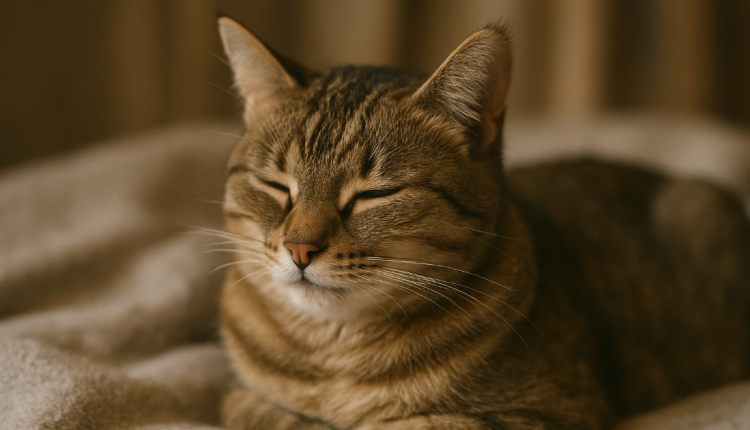The Science of Cat Purring: Unraveling the Mysteries Behind the Soothing Sound
The gentle hum of a cat’s purr is one of the most comforting sounds for pet owners. Beyond its soothing effect, purring serves various purposes in a cat’s life, from communication to self-healing. This article delves into the science behind cat purring, exploring its mechanisms, reasons, and benefits for both cats and humans.
The Mechanics of Purring
Purring is a unique vocalization produced by cats through the rapid contraction and relaxation of the laryngeal (voice box) muscles. These movements cause a sudden separation of the vocal cords, resulting in a vibration during both inhalation and exhalation. The consistent rhythm of these vibrations creates the characteristic purring sound.
While domestic cats are the most common purrers, some wild cats, like cheetahs and bobcats, also exhibit this behavior. However, larger cats such as lions and tigers do not purr in the same continuous manner due to differences in their laryngeal anatomy.
Reasons Cats Purr
1. Communication with Humans
Cats often purr when interacting with humans, signaling contentment and trust. This behavior strengthens the bond between cats and their owners, serving as a form of communication that conveys a sense of well-being.
2. Mother-Kitten Bonding
Kittens begin purring within a few days of birth. This early purring helps establish a bond with their mother, indicating contentment and aiding in locating each other, especially during nursing.
3. Self-Soothing and Healing
Cats also purr when they are injured, frightened, or in pain. This behavior is believed to be a self-soothing mechanism. The vibrations produced during purring may promote healing by stimulating the production of growth factors and reducing inflammation.
4. Social Interaction with Other Cats
In multi-cat households, purring can serve as a social signal to other cats, indicating a non-threatening presence or a desire for social interaction. This form of communication helps maintain harmony within feline groups.
The Healing Power of Purring
Research suggests that the frequency of cat purring, typically between 25 and 150 Hertz, may have therapeutic effects. These frequencies are known to promote tissue regeneration and reduce pain and inflammation. This phenomenon may explain why cats often recover quickly from injuries and why purring is associated with relaxation and healing in humans.
Purring and Human Health
The calming effect of a cat’s purr extends to humans as well. Interacting with purring cats can lower stress levels, reduce blood pressure, and promote a sense of well-being. This therapeutic aspect of purring has led to its incorporation in animal-assisted therapy programs, benefiting individuals with various health conditions.
Conclusion
Purring is a multifaceted behavior that serves various functions in a cat’s life, from communication and bonding to self-healing. Understanding the science behind purring enhances our appreciation of this unique feline trait and its positive impact on both cats and humans.

